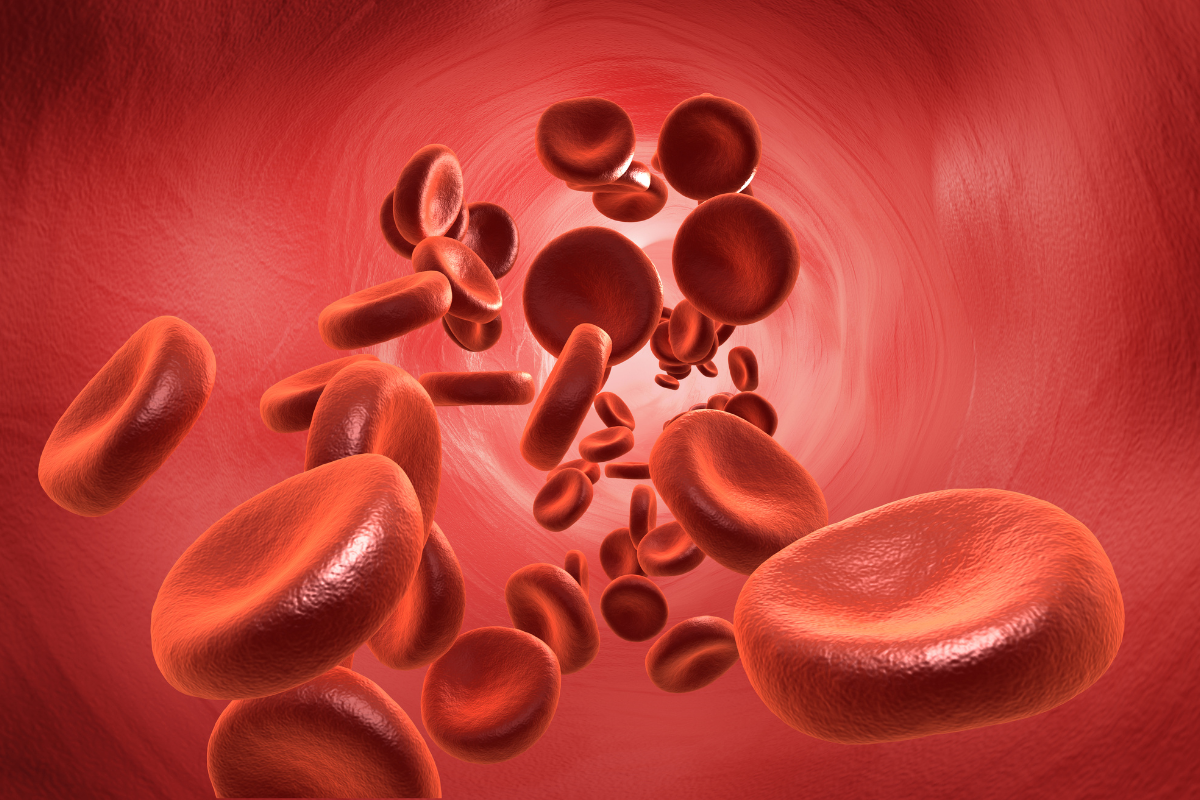
Vasodilation, "The Pump" and Its Crucial Role in Exercise Performance
|
|
Time to read 4 min
|
|
Time to read 4 min
Many gym-goers chase the coveted "pump," enjoying the visual and motivational boost of their muscles growing during a workout. However, this phenomenon, known scientifically as vasodilation, is far more significant than simply enhancing your reflection in the mirror.
Vasodilation involves the widening of blood vessels, leading to improved blood flow, increased nutrient delivery, and efficient removal of metabolic waste. Understanding and optimising this process not only maximises your performance but also accelerates muscle growth and recovery, taking your results beyond just aesthetic satisfaction.
Table of contents
Nitric oxide (NO) is a key signalling molecule produced by endothelial cells lining the blood vessels. Its primary role in vasodilation involves the relaxation of vascular smooth muscle cells, leading to increased blood vessel diameter and enhanced blood flow.
This sequence of events ensures that blood vessels can dilate appropriately in response to increased physiological demands, such as those experienced during exercise.
Physical activity significantly influences vasodilation through both mechanical and chemical stimuli:
These mechanisms collectively ensure that active muscles receive an adequate supply of oxygen and nutrients while efficiently removing waste products. There is a catch though, while enhancing vasodilation and nitric oxide (NO) production is beneficial, it’s equally critical for the body to manage and regulate NO disposal effectively.
Excessive NO accumulation can lead to excessive fluid engorgement in muscles, potentially restricting optimal muscle contraction and limiting performance. Efficient NO disposal mechanisms ensure that blood flow and fluid balance remain optimised without causing counterproductive swelling or excessive intramuscular pressure. Ingredients such as L-Glutathione play a pivotal role here due to their potent antioxidant properties, helping neutralise excess NO and its reactive metabolites. Additionally, Taurine aids in fluid balance and cellular hydration, further assisting in the regulation of intramuscular fluid levels.
Thus, incorporating supplements with these ingredients supports balanced vasodilation and optimal muscular function during exercise, ensuring that the "pump" remains performance-enhancing rather than performance-limiting.
Certain dietary supplement ingredients have been proven to enhance vasodilation, thereby improving exercise performance. These key ingredients are:
Vasodilation is a critical physiological response that facilitates optimal blood flow during exercise, ensuring that muscles receive the necessary oxygen and nutrients while efficiently removing waste products.
Understanding the mechanisms behind vasodilation and the role of nitric oxide provides valuable insights into how to enhance exercise performance.
Supplements containing ingredients like L-citrulline, L-arginine, and Nitrosigine® can support this process, potentially leading to improved endurance, strength, and recovery.
Bloomer, R. J., Farney, T. M., Trepanowski, J. F., McCarthy, C. G., & Canale, R. E. (2011). Effect of betaine supplementation on plasma nitrate/nitrite in exercise-trained men. Journal of the International Society of Sports Nutrition, 8(1), 5.
Goto, C., Nishioka, K., Umemura, T., Jitsuiki, D., Sakagutchi, A., Kawamura, M., Chayama, K., Yoshizumi, M., & Higashi, Y. (2007). Acute moderate-intensity exercise induces vasodilation through an increase in nitric oxide bioavailability in humans. American Journal of Hypertension, 20(8), 825–830.
Nutrition21. (n.d.). Nitrosigine®: Promote nitric oxide & improved blood flow. Retrieved April 16, 2025.
Polis, B., Samson, A. O., & Meirson, T. (2018). L-norvaline, a new therapeutic agent against Alzheimer’s disease. bioRxiv.
Setria Glutathione. (n.d.). Combination Setria® glutathione and L-citrulline supplementation proven to increase post-exercise benefits. Retrieved April 16, 2025, from
Valaei, K., Mehrabani, J., & Wong, A. (2021). Effects of L-citrulline supplementation on nitric oxide and antioxidant markers after high-intensity interval exercise in young men: A randomised controlled trial. British Journal of Nutrition, 126(5), 678–685.
Wang, W., & Zou, J. (2022). Effects of taurine on vascular tone. Amino Acids, 54(5), 677–688.